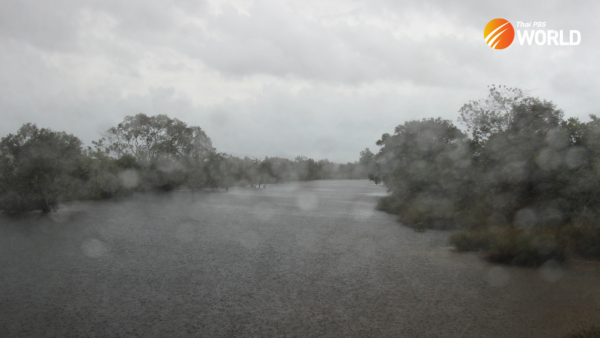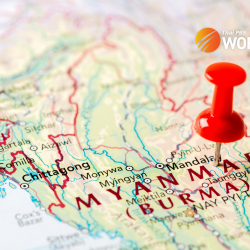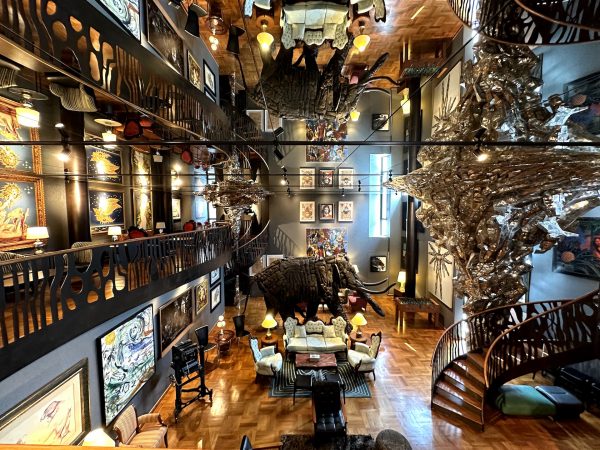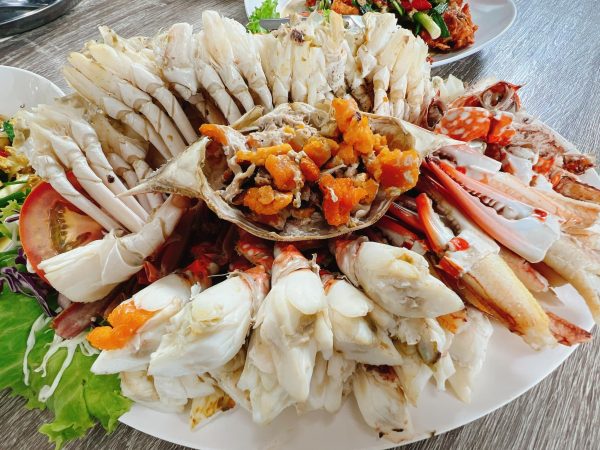Beauty and the beasts

Well off the beaten tourist track, the island of Ko Kho Khao offers a tranquil beach, water buffaloes roaming a secret airfield, and unspoiled beauty.
The island, which is only a short boat trip from the shore of Phang Nga, served as a landing point for early settlers who later spread across the Malay Peninsula. The Chinese, Indian and Arab traders arrived later in the fifteenth century in search of eaglewood, ivory, sappan wood and tin.
Today, the island draws travelers and those seeking solitudes – especially Germans and Scandinavians – for its deserted beaches, rustic beauty, historical site, of course, those free-roaming water buffaloes.
“It takes about five minutes to cross from the mainland to the island of Ko Kho Khao,” says Rungsuriya, a local guide. “But it feels as remote as it was hundred years ago.”
Approximately 18 kilometers from north to south, Ko Kho Khao is home to 725 people and hundreds of water buffalo, according to the most recent census. Young travelers swell the island’s population during the peak travel months of November to February as they seek their own space well away from the vacationers on Khao Lak.
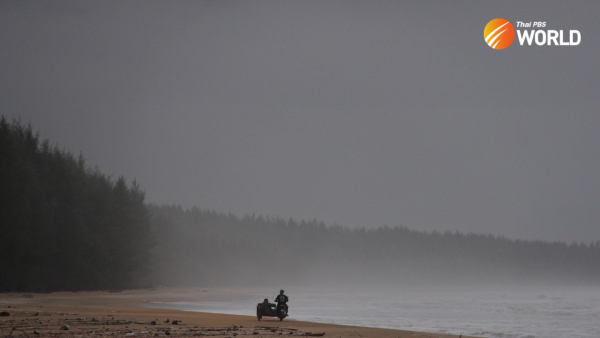
The west shore has the most tranquil beaches, with golden sands extending more than 10 kilometers north to south. The rustic beach is complemented with equally rustic beachfront accommodation ranging from chic bamboo shacks to a resort with a tropical flair.
In Ko Kho Khao, walking barefoot on the beach is a fulfilling experience. Imagine walking along the golden sand, feeling the soft waterfront through your toes and the fresh sea breeze ruffling your hair… sounds like barefoot luxury.
In fact, the island has more to share with the visitors than lounging on the beach.
Small-time archaeologists will enjoy exploring the historical site of Baan Thung Tuek in the island’s southeast. Here, ancient pottery, jewelry, and large Buddhist and Hindu statues have been discovered.
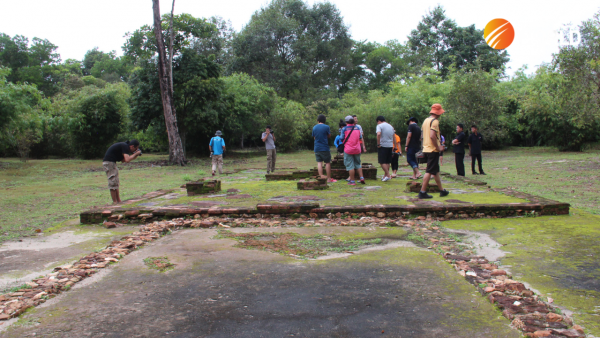
“Archaeologists found beads, Persian glass and earthenware made during China’s Tang Dynasty period,” says the local guide.
You can walk around the historical site – which looks like little more than muddy earth and leaves – and keep your eyes peeled for some ancient beads.
The Japanese, like the ancient traders, made use of Ko Kho Khao during World War II, establishing an airstrip and runway on the island, though it was never used – at least not by man or plane. The airfield is now completely occupied by large herds of water buffalo.
“In 2004 the tsunami swept through the island and left a layer of soil on the airfield. A meadow sprung up and now the Japanese-made airstrip is buffalo heaven,” adds the local guide.
In fact, Ko Kho Khao is the best place in the country to see free-range buffaloes.
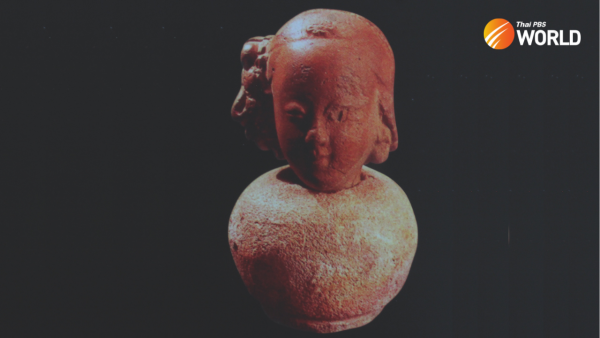
IF YOU GO
Ko Kho Khao is located in Takua Pa district of Phang Nga, about 100 kilometers north of Phuket International Airport. Ferries leave the mainland for the island between 7.30 a.m. and 6 p.m.
